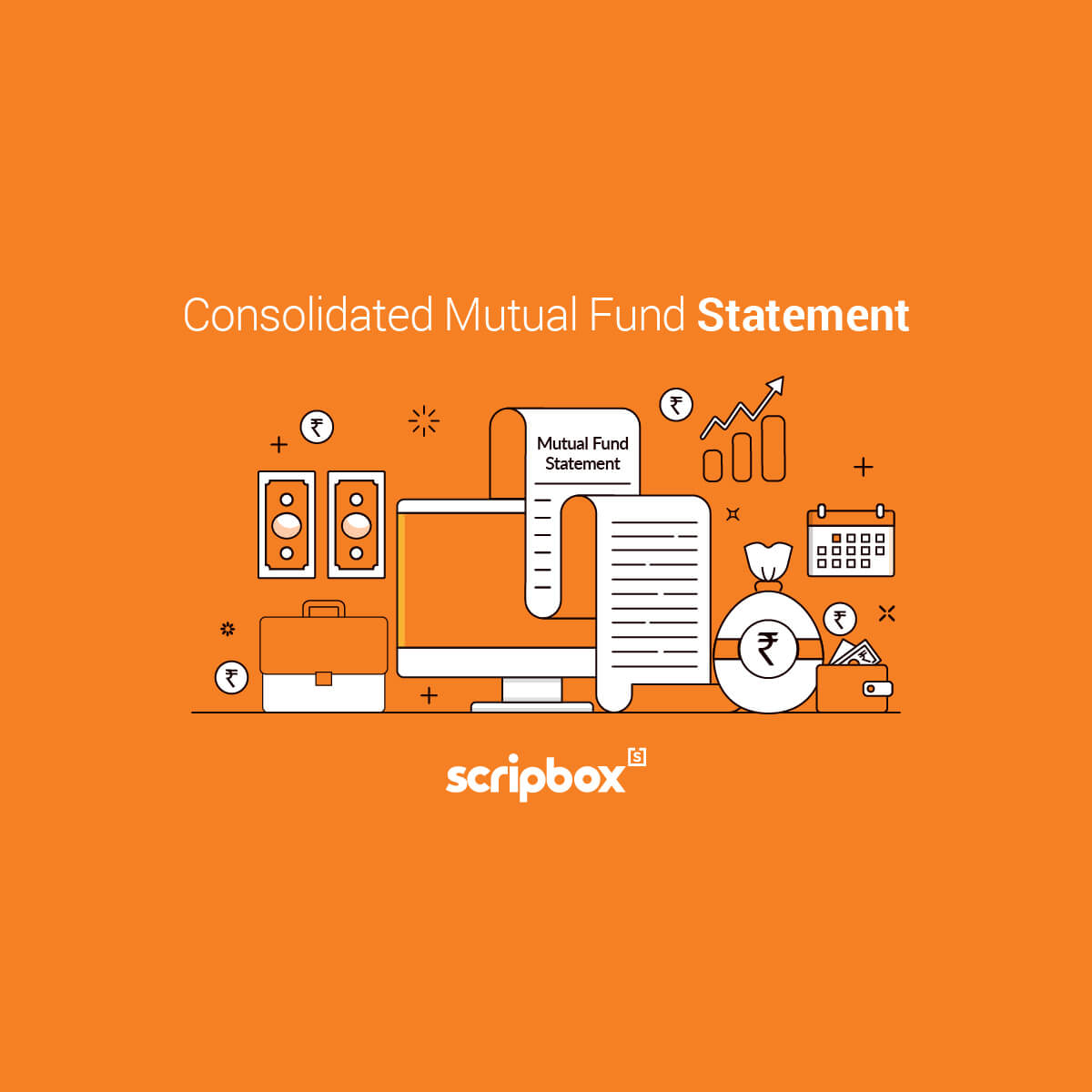Target Maturity Funds (TMF) are passively managed debt mutual fund schemes where the underlying securities are aligned to a specific maturity date. The fund portfolio replicates the performance of the underlying index they follow (like Nifty PSU bond, Nifty SDL, etc.). Also, the interest earned on these funds is reinvested in the fund to earn the benefit of compounding. On the other hand, Fixed Deposits (FDs) are traditional schemes that offer fixed returns over a specific time period. As an investor, it is important to know the differences between Fixed Deposit vs Target Maturity Fund before choosing any investment option.
Fixed Deposit vs Target Maturity Fund: Which is Better?
The following are the differences between Fixed Deposit vs Target Maturity Fund.
| Parameters | Fixed Deposit(FD) | Target Maturity Fund (TMF) |
| Offered By | Banks, Non-Banking Financial Companies (NBFCs), and Post offices | Asset Management Companies (AMC) |
| Liquidity | Low | High |
| Risk | No risk | Low risk |
| Returns | Fixed returns | Market linked |
| Type of Deposit | Lumpsum | Lump Sum or SIP |
| Premature Withdrawal | Allowed with penalty charges | Allowed but depends on exit load conditions |
| Tax | Levied on interest earned | Levied on maturity amount |
| Indexation Benefit | No | Yes |
- Risk: The portfolio of TMF consists of government securities which are zero default risk, state government securities which are also classified as G-sec by RBI or AAA-rated bonds of Public Sector Undertakings, or a combination of these bonds. Therefore, the risk is comparatively low due to high credit quality. On the other hand, a bank offers a fixed rate of return to its investors where there is no risk involved, irrespective of the NPA level of the bank.
- Liquidity: Target Maturity Funds have higher liquidity as you can redeem the units anytime. In contrast, withdrawing from fixed deposits before maturity attracts penalty charges. You either have to break your fixed deposit or take a loan against your fixed deposit, which can be costly.
- Taxation: The taxation of target maturity funds is similar to debt mutual funds, which depend on the holding period. If the holding period is less than three years (STCG), then gains are added to the investor’s total taxable income and taxed as per the slab rate. In contrast, if the holding period is more than three years (LTCG), the gains are taxable at 20% with indexation benefits.
From April 1st 2023, capital gains from debt mutual funds will be taxable as per the investor’s IT slab rate, irrespective of the holding period. Thus, the benefit of LTCG will no longer be available for debt mutual funds investments from April 1st 2023.
The interest earned from FD is added to the total taxable income and taxable as per the applicable income tax slab rates.
Explore:
Best Target Maturity Funds to Invest in 2025
Best Fixed Deposit Schemes with Highest FD Rates 2025
Frequently Asked Questions
A target maturity fund is a good investment opportunity in the debt market where returns are more or less predictable. It is suitable for investors with medium to long-term goals. However, investors must match their investment horizon with the fund’s duration, as early exit may lead to lower returns than expected. Also, they help in diversifying the investment portfolio.
Investing in equity mutual funds can be a better option than fixed deposit in India as it provides inflation-beating returns in the long term, and a professional fund manager manages the portfolio. On the other hand, investors with low-risk tolerance levels can prefer debt mutual funds, which can provide better returns and flexibility than a fixed deposit.
No, fixed maturity plans and target maturity funds are not the same, even though they work on fixed maturities and buy-and-hold strategies to manage interest rate risk. Target maturity funds are better in a few aspects as it handles credit risk better as the portfolio consists of only G-secs, SDLs, and AAA-rated PSU bonds. They are open-ended funds and offer much liquidity to investors. On the other hand, fixed maturity plans are closed-ended funds which are listed on exchanges but have shorter maturity periods.
Related Pages

















Show comments